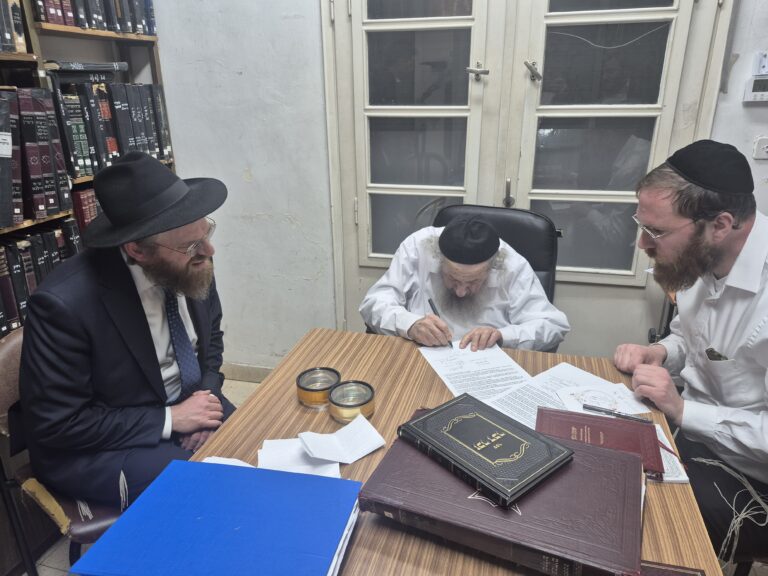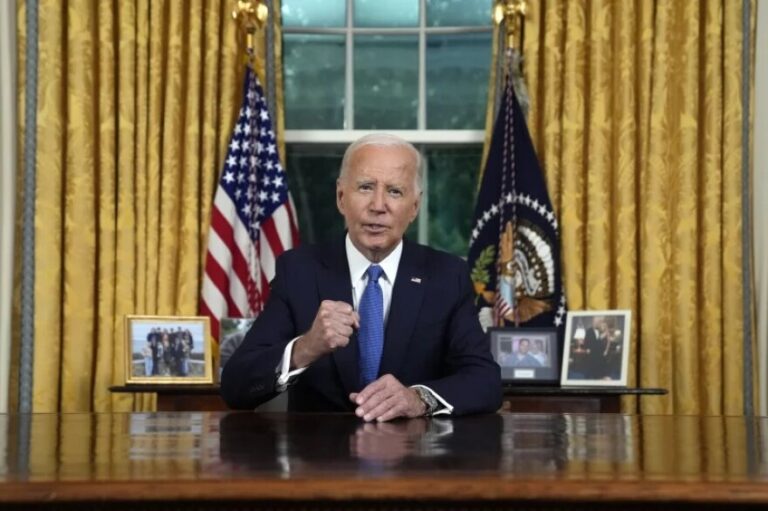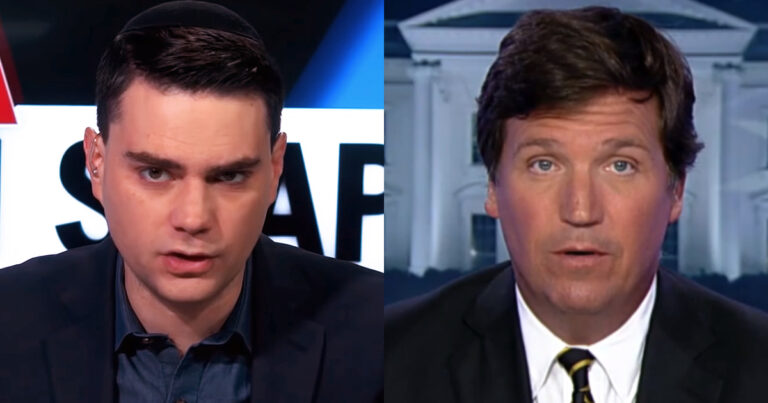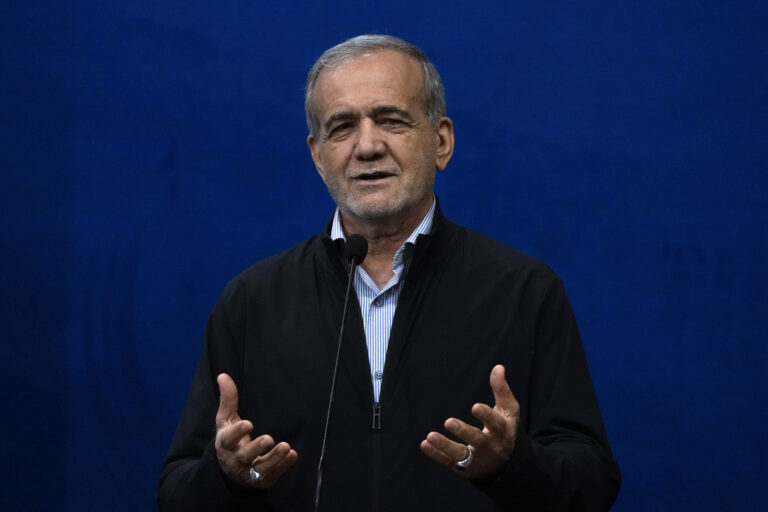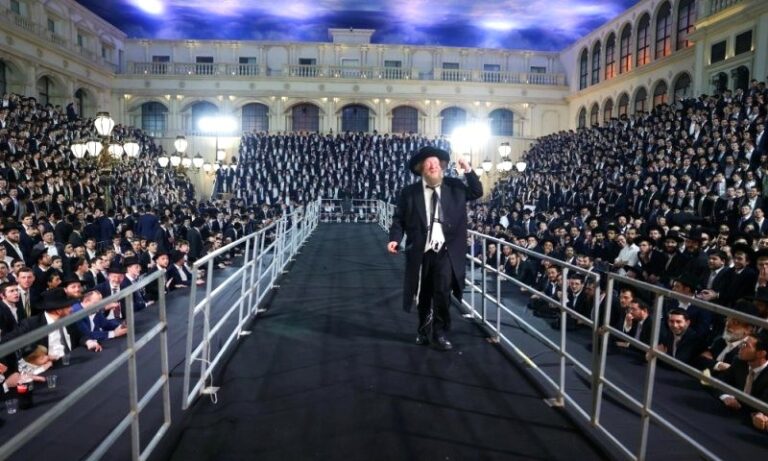FEMA opened its first COVID-19 mass vaccination sites Tuesday, setting up in Los Angeles and Oakland as part of an effort by the Biden administration to get shots into arms more quickly and reach minority communities hit hard by the outbreak.
Snow and ice across much of the U.S., meanwhile, forced the cancellation of many vaccination appointments and delayed vaccine deliveries around the country. Houston’s public health agency lost power and had to scramble to give out thousands of shots before they spoiled.
The developments came as the vaccination drive ramps up. The U.S. is administering an average of nearly 1.7 million doses per day, according to the Centers for Disease Control and Prevention. At the same time, coronavirus deaths are down sharply over the past six weeks, and new cases have plummeted.
In the early morning in Los Angeles, several dozen cars were already lined up with people sitting inside, reading newspapers and passing the time, a half-hour before the 9 a.m. opening of the nation’s first mass vaccination site run with assistance from the Federal Emergency Management Agency.
Troops in camouflage fatigues stood around the sprawling parking lot at California State University, Los Angeles, where some 40 white tents were erected and dozens of orange cones put in place to guide traffic.
The site, set up in heavily Latino East L.A. as part of an effort to reach communities that have suffered disproportionately during the crisis, aims to vaccinate up to 6,000 people a day. Another such site opened at the Oakland Coliseum, near working-class Black and Latino neighborhoods.
Hard-hit California has overtaken New York state for the highest death toll in the nation, at over 47,000.
The Los Angeles site is “proximate to a community that has been disproportionately impacted by this pandemic,” Gov. Gavin Newsom said. “The effort here is to address that issue forthrightly.”
The Biden administration intends to establish 100 such federally assisted vaccination sites nationwide in cooperation with state authorities.
Elsewhere around the country, the virus put a big damper on Mardi Gras in New Orleans. The French Quarter’s Bourbon Street, where the rowdiest partying usually takes place, was blocked off with police barricades, and bars were ordered closed, a year after Mardi Gras crowds were blamed for a severe outbreak of COVID-19 in Louisiana.
“It’s hard to wrap my head around it,” New Orleans lawyer Dave Lanser, wearing a luminescent green cape and a black mask with a curved beak, said as he looked up and down a nearly empty Bourbon Street. But “I don’t think there’s a way to safely do it this year,” he said. “So, I support canceling the parades, closing the bars, all that kind of stuff.”
Snow, ice and bitter cold forced authorities to cancel vaccinations in places such as Memphis, Tennessee, and Missouri. In snowy Chicago, Public Health Commissioner Dr. Allison Arwady said more than a hundred vaccine sites in the city didn’t get shipments Tuesday because of the extreme weather, leading to many cancellations.
The Biden administration said the weather is expected to disrupt shipments from a FedEx facility in Memphis and a UPS installation in Louisville, Kentucky. Both serve as vaccine shipping hubs for a number of states.
Houston’s Harris County rushed to dispense more than 8,000 doses of Moderna’s coronavirus vaccine after a public health facility lost power early Monday and its backup generator also failed, authorities said. The shots were distributed at three hospitals, the county jail and Rice University.
“It feels amazing. I’m very grateful,” said Harry Golen, a 19-year-old sophomore who waited for nearly four hours with his friends, much of it in the frigid cold, and was among the last people to get the shots — which otherwise wouldn’t have reached students until March or April.
More than 400,000 additional doses due in Texas now won’t arrive until at least Wednesday, officials said.
Nearly 39.7 million Americans, or about 12% of the U.S. population, have received at least one dose of the vaccine, and 15 million have gotten both shots, the CDC said.
Deaths are running at about 2,400 per day on average, down by more than 900 from their peak in mid-January. And the average number of new cases per day has dropped to about 85,000, the lowest in 3 1/2 months. That’s down from a peak of almost a quarter-million per day in early January. The overall U.S. death toll is at nearly 490,000.
Still, some public health experts warn it’s far too early to declare the virus is on the wane. For one thing, they are worried about the more contagious variants that are taking hold.
Dr. Ronald Hershow, director of epidemiology at the University of Illinois-Chicago School of Public Health, predicted there will be upticks.
“Honestly, I would be surprised if we can point to this recent downturn as the moment in time where we turn the corner and everything’s downhill from here,” he said.
The federal government is boosting the amount of vaccine sent to states to 13.5 million doses per week, a 57% increase from when President Joe Biden took office nearly a month ago, White House press secretary Jen Psaki announced.
Psaki also said the administration is doubling to 2 million doses per week the vaccine being sent to pharmacies across the U.S. as part of a program to improve access in neighborhoods.
(AP)




